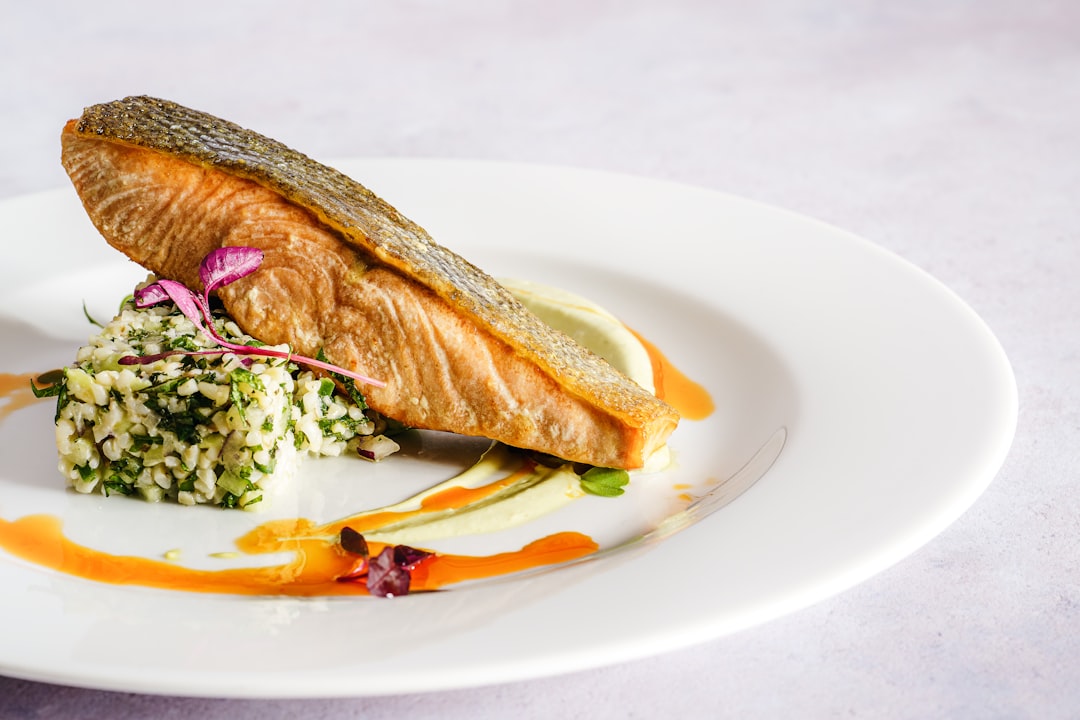
When you are a dietitian, some things just come with the territory. You always get asked to bring the salad to a potluck. People peer into your cart when you run into them at the grocery store. And everyone wants to know what you eat.
I have had a few awkward moments as a dietitian. Like the time when I was shopping for our annual gingerbread house baking party and got caught redhanded with a cart full of sugar and candy. Otherwise, I really don’t mind the questions and the curiosity.
Today, I’m kicking off my “foundational” blog series, designed to walk you through how I think about food and nutrition and use that structure to feed myself and feed my family.
But first, a quick note: The following are my opinions and do not constitute medical or health advice. I recommend that you consult with your physician and/or a Registered Dietitian prior to making changes to your diet, especially if you have underlying medical conditions, as some of these conditions may require specialized nutrition interventions. Ok, on with the post…
I think about food differently than the average person. Instead of thinking about food as the food itself, I think about it in terms of the nutrients it provides. More specifically, I think about if the food fits into one or more of these macronutrient categories: Protein, Fat, or Carbohydrate. Each category is important and the combination of categories is what makes a meal satiating and nutritious.
So, let’s start with protein, the star of the show. While some people may associate protein with the young muscle-building bodybuilder type, the truth is that protein is important at all ages and activity levels. In fact, I believe that protein is so important that it should be included in every meal and snack that is consumed.
Why is Protein So Important?
Protein is not only important for building and sustaining muscle mass but also for controlling blood sugar levels and promoting meal satiety.
Satiety is just a fancy word for feeling full, which means that protein helps to keep you satisfied long after you consume it. And this is essential no matter what your food and health goals may be. Plus, it just feels better when you eat a meal that is sustaining instead of feeling unsatisfied and ravenous all day long.
You may know that carbohydrate-rich food, such as rice, bread, pasta (or even fruit!), break down into units of glucose, go into your bloodstream, and provide energy to your entire body. While this is a mechanism that is important — and we will dive into much more deeply next week — it is important to know that having steep increases and/or decreases in your blood sugar levels or having high levels all of the time just isn’t good for your health. The good news is that pairing a protein-rich food with a carbohydrate-rich food can help to better manage those blood sugar levels.
So What Foods Provide Protein?
Protein is found in both plant-based and animal-based foods. And while protein is found in many different foods in small amounts, the following is a list of protein sources along with the adult serving sizes that provide enough for it to work its magic:
Eggs (1-2)
Beans and lentils (½ - 1 cup)
Nuts, seeds (¼-⅓ cup), and nut butters (2 Tablespoons)
Poultry (3oz)
Fish and seafood (3-4oz)
Beef, pork, and other animal proteins (3oz)
Tofu, tempeh, and edamame (½ cup)
Some dairy products — Greek yogurt, cottage cheese (½-¾ cup), and cheese (1oz),
Despite this list, it is important to note that not all protein is created equal. Some protein foods can be consumed more regularly, such as eggs, beans, lentils, nuts, seeds, fish, and poultry. Other foods, such as beef and pork, should be consumed more sparingly and limited to around once a week. Processed meats, such as cured bacon, sausage, and deli meats are not on this list for good reason — regular consumption of these highly processed foods is linked to some cancers.
Protein Pairing
As I referred to earlier, pairing protein-rich foods with other foods can promote both better blood sugar management and satiety, that feeling of satisfaction after a meal.
In fact, one of the most common mistakes I see people make is consuming carbohydrate-rich foods without an adequate protein source. For example, many breakfast foods like cereal and milk, toast, oatmeal, and bagels lack satisfying protein. And common snacks like crackers, chips, snack mixes, and even fruit also lack the all-to-important protein component.
The good news is that if you refer to the list above, it is easy to find proteins to either go with these carbohydrate-rich foods or replace them.
For example, the following are some of my go-to breakfasts:
Scrambled eggs with veggies and corn tortillas
Cottage cheese with nuts, seeds, and fruit
Oatmeal with nuts and seeds
Almond-meal muffin (recipe to come Wednesday!) with fruit
And snacks:
Fruit with nuts, nut butter, or cheese
Greek yogurt with nuts and fruit
Veggies or nut-based crackers with hummus
Apparently, I drove this “protein pairing” message home so much when Sara was little that she would come to me with a proposal: “Mom, for my snack can I have some strawberries? For my protein I’ll take some cheese.” That makes one dietitian-mama proud :)
Play around with your protein pairings and let me know how it goes.
Stay tuned for more foundational posts about carbohydrates, fats, and veggies — lots of good stuff to come!
If you liked this post please let me know, I want to hear from you! Please share, like and comment below.




Thanks for illustrating why pairing protein is so important. Personally, I find it a necessity for breakfast, otherwise you’ll see me “bonking” by late morning.